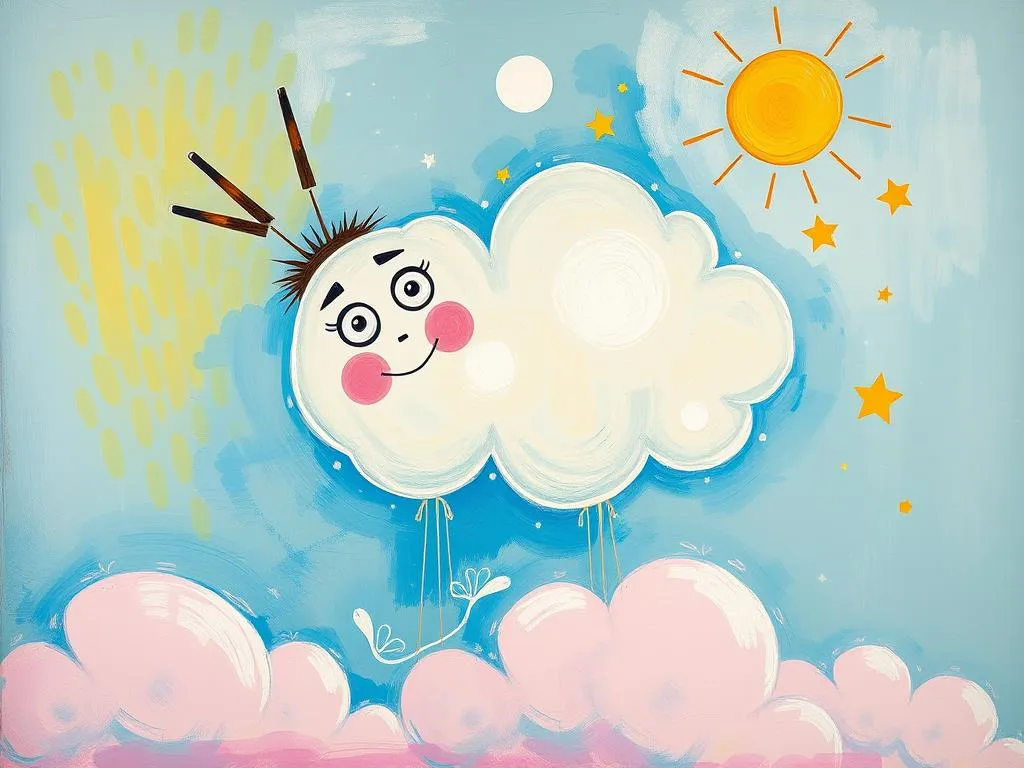
Dreams have long fascinated humanity, serving as a portal to the subconscious and a reflection of our innermost thoughts and feelings. Among the myriad of dreams we experience, those imbued with resistance hold a special significance. They invite us to explore the deeper layers of our psyche, revealing hidden fears, desires, and conflicts. The concept of resistance in dreams often manifests as a struggle against obstacles, whether internal or external, pointing to areas in our lives where we may feel stuck or challenged. By delving into the symbolism of these dreams, we can unravel their meanings and apply the insights to our waking lives, making the exploration of dream resistance profoundly relevant and intriguing.
Symbolism and Meaning
The imagery of resistance in dreams can take many forms, each laden with unique meanings. Central symbols often include barriers, walls, or figures representing authority or opposition. These symbols serve as metaphors for the internal struggles we face in our daily lives. For example, dreaming of being trapped behind a wall may signify feelings of confinement or the sense that one is unable to express themselves fully. This wall can reflect emotional barriers that prevent us from connecting with others or pursuing our goals.
Conversely, the presence of an authority figure, such as a teacher or a boss, can symbolize the external pressures and expectations we feel in our waking lives. When we resist these figures in dreams, it may suggest a desire to assert our independence or challenge the status quo. The resistance here is not merely an act of defiance but a deep-seated need for self-empowerment and agency.
Additionally, the dreamer’s emotional state during these dreams can provide insight into their meanings. Feelings of anxiety or frustration may indicate that the dreamer is grappling with significant life changes or decisions that seem daunting. On the other hand, feelings of calmness in the face of resistance could suggest that the dreamer is at a stage of acceptance, learning to navigate challenges with resilience.
Understanding these symbols allows for a nuanced interpretation of resistance in dreams. It encourages us to view resistance not solely as an obstacle but as an opportunity for growth and self-discovery.
Key Scenarios and Variations
The specific scenarios in which dreams of resistance occur can alter their interpretation significantly. For instance, dreaming of running away from a pursuer can evoke feelings of fear or anxiety, suggesting that the dreamer is trying to escape from unresolved issues or responsibilities in their waking life. The act of running signifies a strong desire to break free from constraints, yet it may also illustrate the futility of avoidance. This scenario may prompt the dreamer to confront their fears rather than evade them.
Another common scenario involves feeling immobilized or unable to move despite a pressing need to escape or advance. This can highlight feelings of helplessness or frustration in waking life, suggesting that the dreamer feels overwhelmed by circumstances beyond their control. Here, the resistance represents not only the challenge of taking action but also the internal battle against self-doubt or fear of failure.
Dreams may also feature physical resistance, such as lifting heavy objects or attempting to swim against a strong current. These actions symbolize the struggle against real-life pressures and responsibilities. They may indicate that the dreamer is experiencing burnout or fatigue, pushing themselves to the limit without adequate support or respite. Such dreams serve as a wake-up call, urging the dreamer to acknowledge their limits and seek balance.
Variations may also include dreaming of being in a group setting where resistance is collective, such as being part of a protest or facing off against a common adversary. This scenario may highlight the dreamer’s desire for community and support, suggesting that they are not alone in their struggles. The interpretation shifts from individual resistance to a broader theme of communal strength, indicating that collaboration and shared experiences can be powerful tools for overcoming adversity.
Through these various scenarios, dreams of resistance challenge us to reflect on our approaches to obstacles in our lives. They serve as reminders that while resistance can be daunting, it also opens the door to empowerment and transformation.
Real-Life Connections and Takeaways
Connecting the themes of resistance in dreams to real-life situations offers a valuable opportunity for self-reflection. It prompts us to examine areas where we may be experiencing discomfort or struggle. Are there situations in our lives where we feel stuck or overwhelmed? Are we resisting change, whether consciously or subconsciously? By identifying these patterns, we can begin to understand the roots of our resistance and take steps toward resolution.
One practical approach to navigating this self-reflection is to keep a dream journal. Documenting dreams can illuminate recurring themes, symbols, and emotions, enabling the dreamer to draw connections to their waking life. In this process, readers might ask themselves questions such as: What emotions did I feel during the dream? How do these emotions relate to my current circumstances? Are there specific areas in my life where I feel confined or pressured?
Moreover, engaging in mindfulness practices can help individuals confront their feelings of resistance. By cultivating awareness of their thoughts and emotions, they can identify patterns of avoidance or fear. Mindfulness encourages individuals to sit with discomfort rather than flee from it, fostering resilience and acceptance.
Additionally, seeking support from friends, family, or a therapist can provide valuable perspectives. Discussing dreams and feelings of resistance with trusted individuals can help lighten the emotional load and uncover insights that may not be apparent when grappling with these challenges in isolation. Collective dialogue can reinforce the idea that resistance is a shared human experience, creating a sense of solidarity.
Ultimately, dreams of resistance offer a profound opportunity for personal growth. They invite us to confront our fears, challenge societal norms, and embrace the journey toward self-empowerment. By reflecting on these dreams and their implications, individuals can cultivate a deeper understanding of themselves and their relationship with the world around them.
In conclusion, dreams of resistance are rich with meaning and symbolism, reflecting our internal struggles and external pressures. They encourage us to explore the nuances of our emotions and experiences, guiding us toward a path of self-discovery and empowerment. As we engage with these dreams, let us remember that resistance is not merely an obstacle but a pathway to understanding ourselves more deeply. By embracing this exploration, we open ourselves to new possibilities and the potential for profound transformation in our waking lives.







